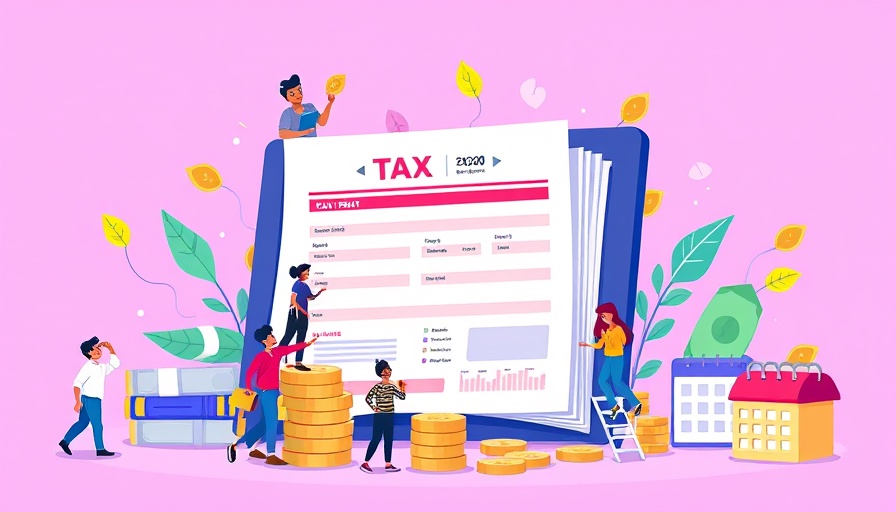
Unlocking the Potential of the One Big Beautiful Bill for Small Businesses
On July 3, 2025, Congress passed what is colloquially known as the One Big Beautiful Bill Act (OBBBA), forever changing the tax landscape for small businesses. While the bill contains a staggering 887 pages, it's crucial for business lenders and brokers to distill its key provisions for their clients.
Your Tax Landscape Remains Steady
A significant relief for small business owners is the maintenance of tax rates, which remain unchanged at 10%, 12%, 22%, 24%, 32%, 35%, and 37%. This stability is a welcome contrast to the anticipated tax increases post-2025. Additionally, the Qualified Business Income (QBI) deduction remains at 20% and is now a permanent fixture, alongside a minimum deduction of $400 for those with 'qualified active business income.'
Investing Smartly in Equipment and R&D
Investments in capital assets are incentivized through significant changes. The deduction for bonus depreciation, previously slated to decrease to 40%, has now been set to a permanent 100% for eligible assets bought after January 19, 2025. Moreover, first-year expensing limits rise to $2.5 million, allowing more generous deductions for qualifying assets in 2025, thus encouraging small enterprises to upgrade and innovate.
Enhancements in Employee Benefits
For those in staffing positions, the OBBBA introduces necessary changes that favor employees while imposing new reporting requirements on employers. The absence of taxation on overtime pay is significant, although employers must now report overtime earnings differently, enhancing transparency in wage reporting.
Actionable Insights
Small business owners should take immediate steps to optimize their tax situations. Understanding the permanence of the QBI deduction and planning capital investment can yield immediate tax benefits. Keeping abreast of employee compensation changes also necessitates adaptive payroll practices.
In this evolving tax climate, it is essential for business lenders and brokers to remain informed about these developments to advise their clients effectively. Ensure that your business strategies align with the advantages provided through the One Big Beautiful Bill to maximize your tax benefits for the upcoming tax year.
 Add Row
Add Row  Add
Add 




Write A Comment